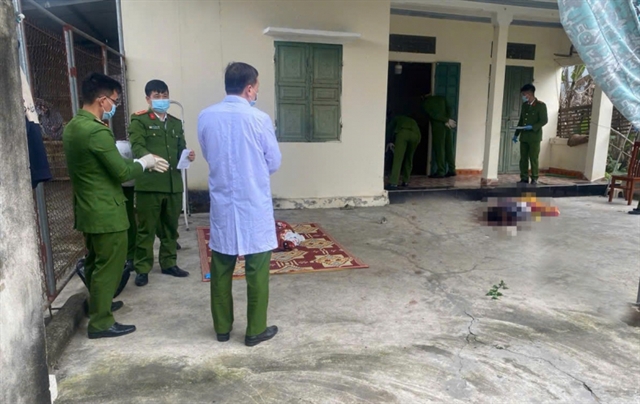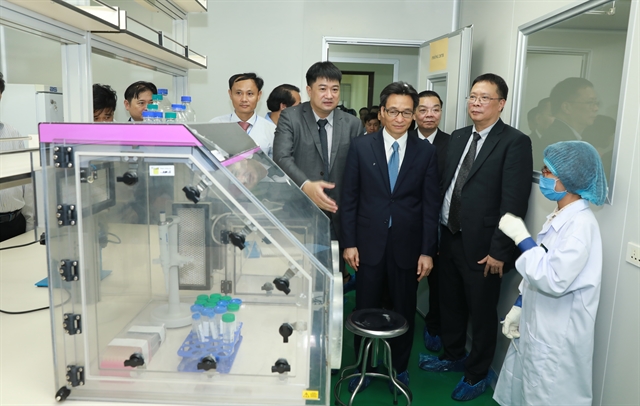 Society
Society

A centre for DNA Identification for Revolutionary Martyrs under the Institute of Biotechnology debuted in Hà Nội on Thursday, aiming to make it easier to find the remains of war martyrs.

|
| Deputy Prime Minister Vũ Đức Đam (centre) attends the opening ceremony of the centre for DNA Identification for Revolutionary Martyrs in Hà Nội on Thursday. — VNS Photo Trương Vị |
HÀ NỘI — A centre for DNA Identification for Revolutionary Martyrs under the Institute of Biotechnology debuted in Hà Nội on Thursday, aiming to make it easier to find the remains of war martyrs.
The Institute of Biotechnology under the Việt Nam Academy of Science and Technology is the first establishment in Việt Nam to develop DNA analysis technology in service of identifying the remains of revolutionary martyrs.
Between 2000 and 2015, the Institute identified nearly more than 1,200 remains of martyrs.
The institute’s director Châu Văn Minh said the centre was expected to facilitate the identification of remains of martyrs, meeting the people's and Government’s expectations.
The centre will work to full capacity of analysing 4,000 sets of remains of martyrs annually, according to Minh.
Addressing the ceremony, Deputy Prime Minister Vũ Đức Đam asked the institute and relevant ministries and agencies to create favourable conditions for experts and researchers, particularly the young generation, to get access to modern equipment and devices used in DNA identification.
He instructed the centre’s staff to study, develop and apply new advances in gene identification to serve scientific and technological activities as well as socio-economic development.
In 2015, the Government set the goal of building three centres for DNA identification.
Nearly half a century since the country was reunited, there are still 300,000 sets of remains of war martyrs lacking information. — VNS




